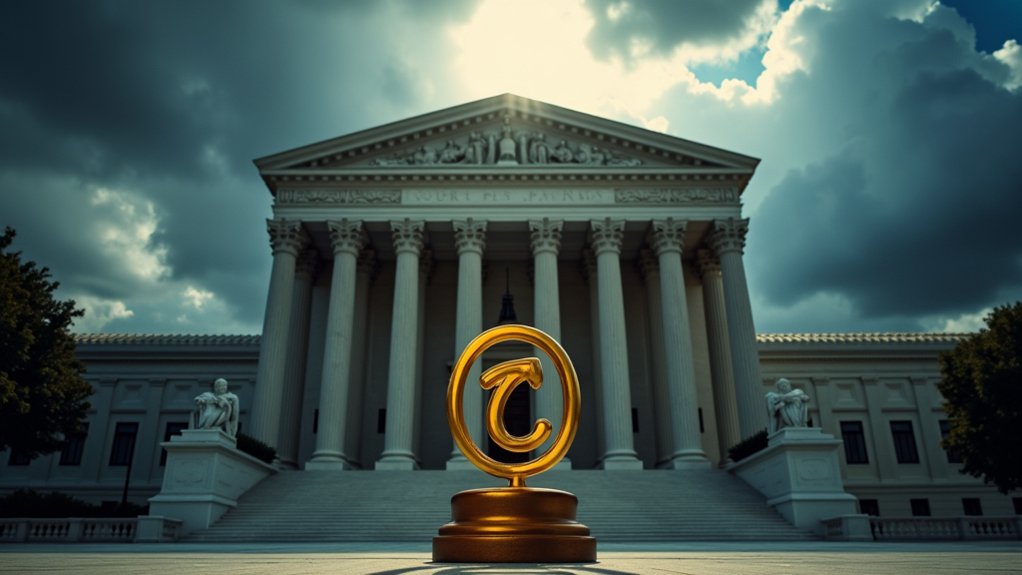Battling to protect the distinctive vocal signatures of deceased artists, the estates of legendary musicians have launched unprecedented legal challenges against artificial intelligence companies creating unauthorized voice imitations.
These legal actions come as AI technology increasingly enables the creation of convincing vocal replicas that can sing new compositions, raising profound questions about artistic legacy and posthumous rights.
Major record labels including Universal, Sony, and Warner filed lawsuits against AI music platforms Suno and Udio in 2024, seeking damages up to $150,000 per infringed recording.
The litigation centers on whether using copyrighted songs to train AI algorithms constitutes fair use or infringement, particularly when these systems generate new content mimicking distinctive vocal styles.
At issue is whether AI training on copyrighted recordings qualifies as fair use when creating imitative vocal content.
Courts have historically recognized the protectable nature of distinctive voices, as evidenced in landmark cases involving Bette Midler and Tom Waits, where judges ruled that commercial voice imitation without consent violates publicity rights.
These precedents now serve as foundational arguments for estates fighting AI voice cloning, which often occurs without permission and potentially damages artists’ carefully cultivated legacies.
The Tennessee ELVIS Act, effective July 2024, represents the first explicit legislation prohibiting AI voice impersonation without consent, addressing gaps in the patchwork of state-level publicity rights laws that previously offered inconsistent protection.
Before this legislation, only 35 states had thorough right-of-publicity statutes, many inadequate for addressing AI-specific challenges.
Voice actors have also joined the legal fray, filing a class action against AI company Lovo for allegedly creating voice clones without authorization.
This parallel litigation underscores the broader implications of AI voice technology across the entertainment industry.
The viral incident featuring an AI track that imitated Drake and The Weeknd highlighted the serious exploitation risks that continue to plague both living and deceased artists in today’s technology landscape.
Many estates are now turning to automated monitoring systems that can detect unauthorized AI-generated content across platforms, allowing for faster legal responses to protect artists’ legacies.
While AI-generated voices typically cannot receive copyright protection due to lack of human authorship, the unauthorized use of distinctive vocal characteristics raises significant ethical concerns beyond legal questions.
Families and estates argue that control over how deceased artists’ voices are used remains essential for preserving authentic artistic legacies and preventing potential reputational harm through inauthentic representations.
Some artists have begun exploring legitimate sync deals as an alternative revenue stream that provides control over how their voices and music are used in visual media.
Performance rights organizations like ASCAP and BMI play a crucial role in this landscape by ensuring that royalty collection continues properly when AI-generated works imitate deceased artists’ styles.




